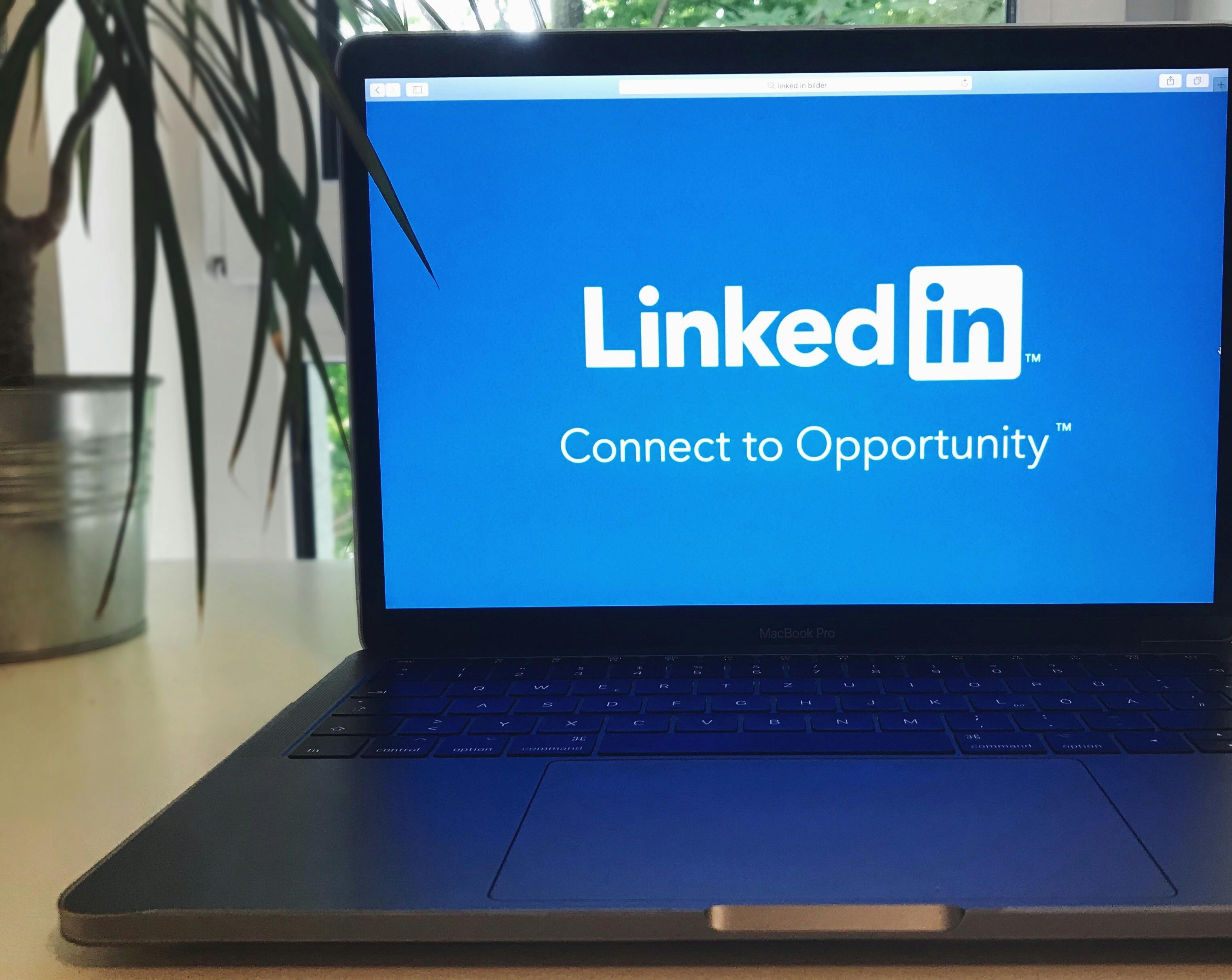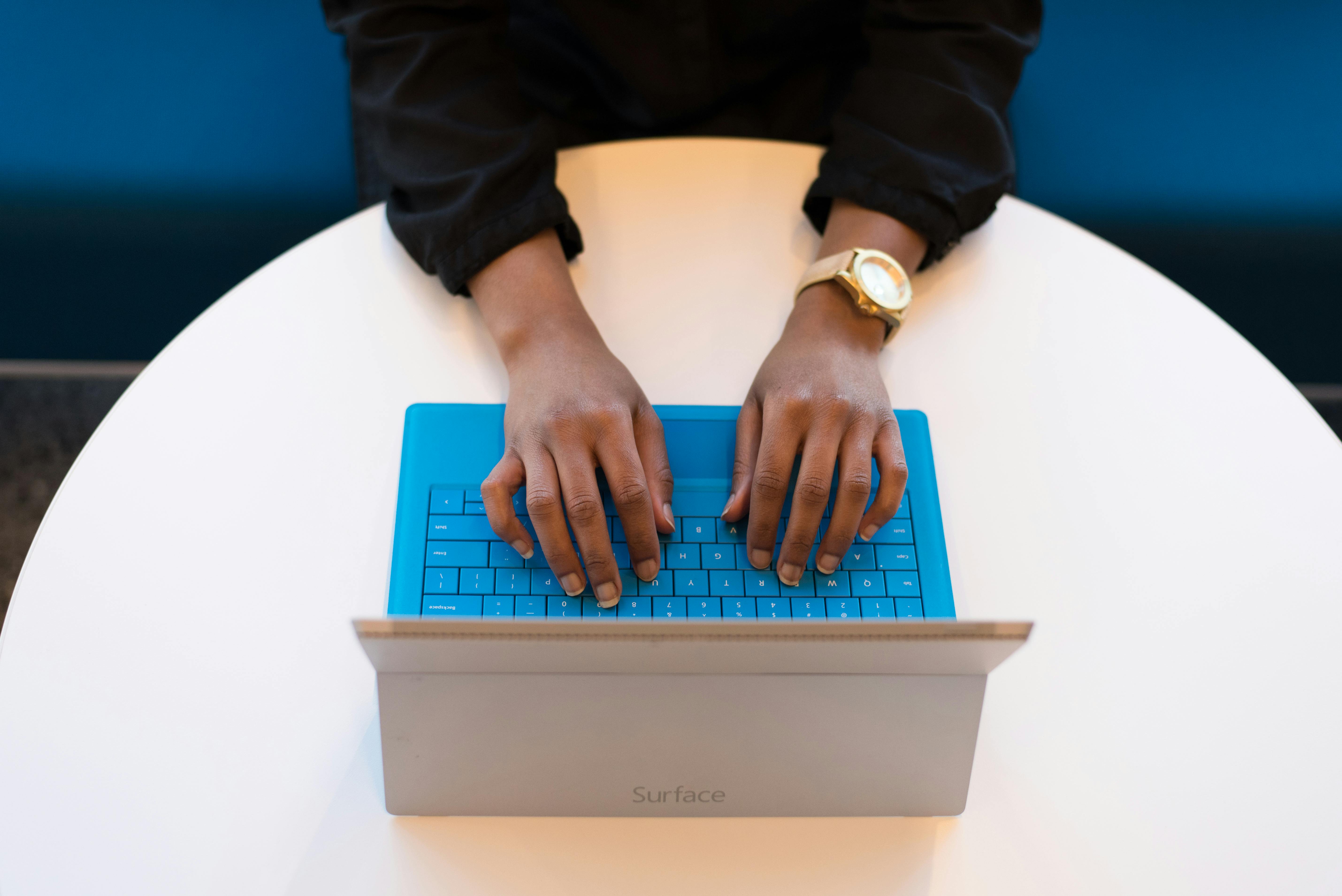Tips on How Many LinkedIn Invites Per Week to Send Safely
Find the right balance for LinkedIn invites to grow your network. Tips on limits, personalization, and avoiding spam to ensure meaningful connections.
Feb 12, 2025

Building connections on LinkedIn can feel like striking the perfect balance between being proactive and overstepping boundaries. It’s a platform designed for networking, but there’s always that lingering question: how many invites are too many? Sending connection requests is a key part of growing your professional circle, but knowing the right pace is crucial to avoid coming across as spammy or, worse, getting restricted.
If you’re serious about expanding your network while keeping things professional, understanding LinkedIn’s unwritten rules about invites is a must. Whether you’re job hunting, building a personal brand, or nurturing business relationships, the number of invites you send each week can make all the difference. So, how do you strike that perfect rhythm? Let’s break it down and help you grow your network without any missteps.
Understanding LinkedIn Connection Limits

Connecting strategically on LinkedIn means you need to understand its connection request limits. LinkedIn enforces these restrictions to maintain the platform's professionalism and prevent misuse.
Why LinkedIn Limits Connection Requests
LinkedIn imposes weekly and monthly limits to ensure meaningful networking. Sending too many requests in a short period might trigger spam filters. As of 2023, LinkedIn caps connection requests at 100 invites per week, which includes both personalized and default messages. These measures combat mass outreach tactics and guard against fraudulent accounts spamming users.
Growleady, for example, uses these guidelines when executing our LinkedIn Outreach service by focusing on creating personalized, high-quality interactions instead of bulk actions. Stick to tailored messaging to avoid being perceived as irrelevant or robotic.
For those working in B2B sales or marketing, understanding LinkedIn’s quality-over-quantity approach is pivotal. If you’re reaching out to prospects like C-suite executives or marketing teams, make each invite count by aligning it with the recipient's interests or needs.
How the Limits Impact Your Networking
These limitations can affect your ability to scale outreach efforts rapidly. 100 invites per week might feel restrictive, but concentrating on quality ensures better acceptance rates. For example, instead of sending generic messages, craft customized introductions that highlight commonalities between yourself and your prospect.
By managing connections methodically, you also avoid account suspension risks. Focus on optimizing your profile before initiating outreach—clear headlines, professional summaries, and coherent visuals ensure higher credibility. This approach proves especially significant for solo founders and marketers expanding their networks.
Use targeted LinkedIn strategies alongside multichannel tactics like cold emailing or appointment setting to optimize your outreach. Combining these methods—similar to Growleady's cold email campaigns and lead generation services—maximizes your efforts while staying compliant with platform policies.
How Many LinkedIn Invites Per Week Is Safe?
Sending LinkedIn invites thoughtfully ensures consistent growth of your network while maintaining compliance with platform rules. As LinkedIn limits invites to 100 per week, adhering to this cap protects your account from temporary restrictions or flagging.
General Guidelines for Sending Invites
Follow LinkedIn's weekly limitation of 100 connection requests to avoid penalties. Quality always trumps quantity, so personalizing messages can enhance your acceptance rates significantly. For example, when reaching out to a B2B sales prospect, mention specific aspects of their business or industry that align with your goals.
Space your invites throughout the week instead of sending them all at once. Consistently moderate activity signals real engagement to LinkedIn's algorithm. For example, if you're looking to connect with potential clients, send 15–20 invites daily, ensuring they’re evenly distributed.
Include a personalized note where applicable. Mention shared connections, common interests, or mutual goals to establish relevance. For example, targeting a marketing leader with a pitch for your product? Reference their recent work or industry accolade.
Use LinkedIn Outreach tools cautiously. Automated software expedites your process but can lead to restrictions if misused. Services like Growleady specialize in aligning outreach strategies with LinkedIn rules, helping you maximize your impact safely.
Factors That Influence Invite Limits
LinkedIn monitors your account activity and history. If you're relatively new to the platform or have a smaller network, staying well below the weekly limit is safer. For instance, start with 20-30 invites weekly and increase gradually.
The quality of your profile also impacts invite outcomes. A complete and professional profile with a good photo, clear headline, and engaging summary signals credibility. If you're a founder using LinkedIn for lead generation, showcase your expertise and achievements to make compelling connections.
Tailor your outreach approach based on your objectives. For B2B sales or lead generation, focus on targeting decision-makers with tailored messages. LinkedIn's algorithm is more likely to favor your account when engagement is genuine.
Avoid excessive declined or ignored invites. Maintain a healthy acceptance ratio by researching invitees to ensure alignment. Consider tracking your responses over time and adjusting. For example, revisit your messaging tone or targeting strategy if many invites go unanswered.
Best Practices for Sending LinkedIn Invites

LinkedIn thrives on meaningful connections, making it crucial to approach invites thoughtfully. Growth stems from balancing quantity with personalization to maintain professionalism and build valuable relationships.
Crafting Personalized Connection Requests
Personalized invites increase acceptance rates. Begin by addressing the recipient by name, then reference a shared interest, mutual connection, or specific reason for reaching out. For example, mention a recent post, industry expertise, or event participation. Messages like "I enjoyed your recent post about B2B lead generation tactics and would like to connect" show intent and relevance.
Keep messages concise and professional, with a tone that aligns with the recipient's industry or role. If targeting C-suite executives, use a polished approach demonstrating awareness of their goals. For marketing teams or sales representatives, focus on shared challenges or opportunities, such as new outreach strategies.
Avoiding Spammy Behaviors
Spammy actions can damage your credibility. Sending too many generic invites or reaching out to irrelevant contacts often triggers LinkedIn's spam filters. Pace your invites, ensuring no more than 15-20 per day and staying within LinkedIn's weekly limit of 100 requests.
Limit outreach to individuals likely to accept. Research profiles to confirm alignment with your goals or offerings before sending invites. For B2B professionals, target prospects suited to your solution, focusing on decision-makers.
Automated tools can streamline processes but should be used cautiously. LinkedIn’s algorithms penalize accounts displaying unnatural activity.
Engagement after establishing connection matters too. Follow up with meaningful interactions, such as commenting on posts or sharing relevant insights, to nurture relationships and build trust.
Monitoring and Managing Your LinkedIn Activity
Efficiently managing your LinkedIn activity ensures steady growth without risking account restrictions. Paying attention to LinkedIn's rules and modifying your strategies based on platform feedback can help safeguard your outreach efforts.
Recognizing Warning Signs from LinkedIn
LinkedIn frequently alerts users when their activity is too aggressive, using warning notifications or temporary restrictions. Notifications like "You’re exceeding limits on connection requests" indicate that you're sending too many requests within a short period. Ignoring these warnings could lead to permanent restrictions.
Failing to maintain a balanced acceptance rate also harms your credibility. A low acceptance ratio, where fewer than 20-30% of your requests get accepted, flags your account to LinkedIn as untrustworthy. Additionally, tools overly automating invitations might trigger suspicion due to unnatural, high-frequency activity.
Tips to Stay Within Safe Usage Limits
Adhering to platform limits preserves your LinkedIn privileges. Spread connection requests throughout the week instead of sending many invites in one day. For instance, aim for 15-20 invites daily with a weekly cap of 70-100.
Personalizing connection requests enhances response rates and signifies genuine intent to the algorithm. Reference mutual connections, industries, or shared interests to establish trust. After connecting, engage with posts or share resources to deepen interactions.
Avoid relying solely on automation by ensuring manual engagement. Build a professional profile with detailed qualifications to boost credibility and increase acceptance likelihood.
Incorporate outside strategies, like email or phone follow-ups, for holistic lead generation. Diversifying efforts keeps engagement natural and avoids monopolizing activities on LinkedIn alone.
Conclusion
Mastering LinkedIn invites is all about striking the right balance between quality and quantity. By staying mindful of platform limits, personalizing your outreach, and pacing your requests, you can build meaningful connections without compromising your account's integrity.
Focus on genuine engagement, craft thoughtful messages, and monitor your activity to maintain a strong acceptance rate. Pairing LinkedIn efforts with other strategies ensures a well-rounded approach to growing your professional network effectively.
Frequently Asked Questions
How many LinkedIn invites should I send daily to stay safe?
To stay within LinkedIn’s limits and avoid triggering restrictions, it’s recommended to send 15–20 connection requests per day. Space them throughout the day to mimic natural engagement and maintain a healthy acceptance rate.
What does LinkedIn do if I exceed connection request limits?
If you exceed 100 weekly requests or engage excessively, LinkedIn may issue warnings or temporarily restrict your account. Repeated violations could result in permanent account suspensions.
Does LinkedIn activity and profile quality impact connection request limits?
Yes, active, well-maintained profiles with a professional appearance are more likely to bypass restrictive algorithms. Engaging meaningfully and completing your profile adds credibility and trustworthiness.
What should I do after someone accepts my LinkedIn connection request?
Engage meaningfully by thanking them for connecting, starting conversations, or sharing relevant content. Building an authentic relationship post-connection strengthens trust and benefits your network long-term.

